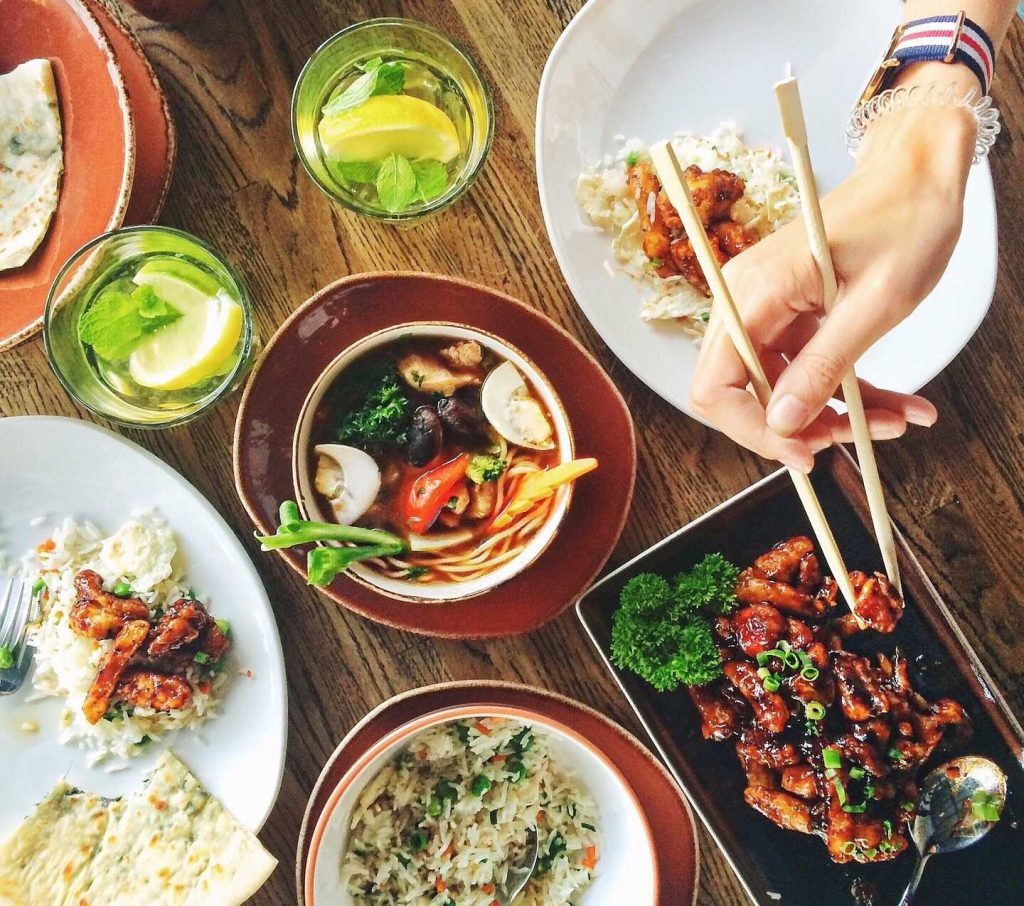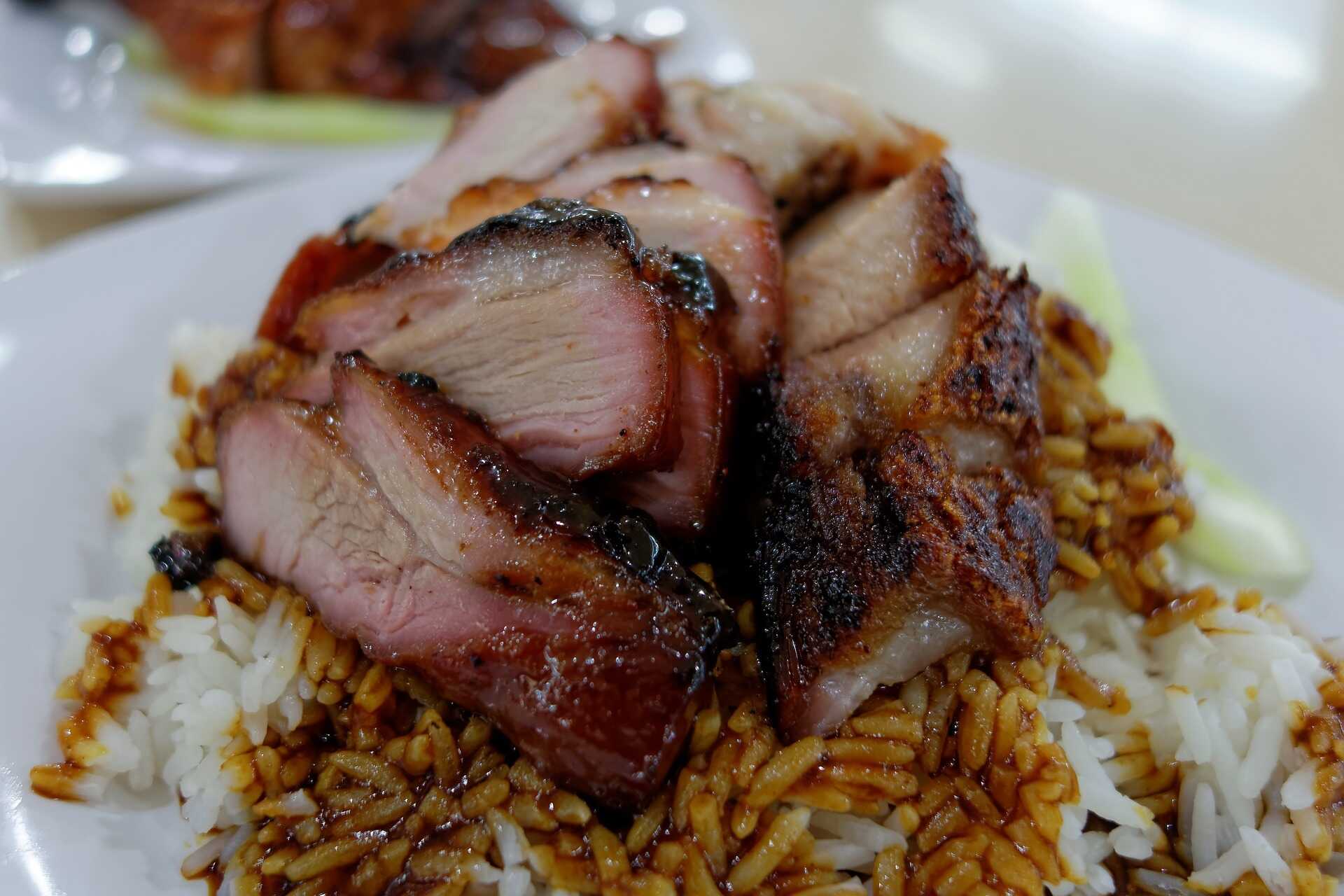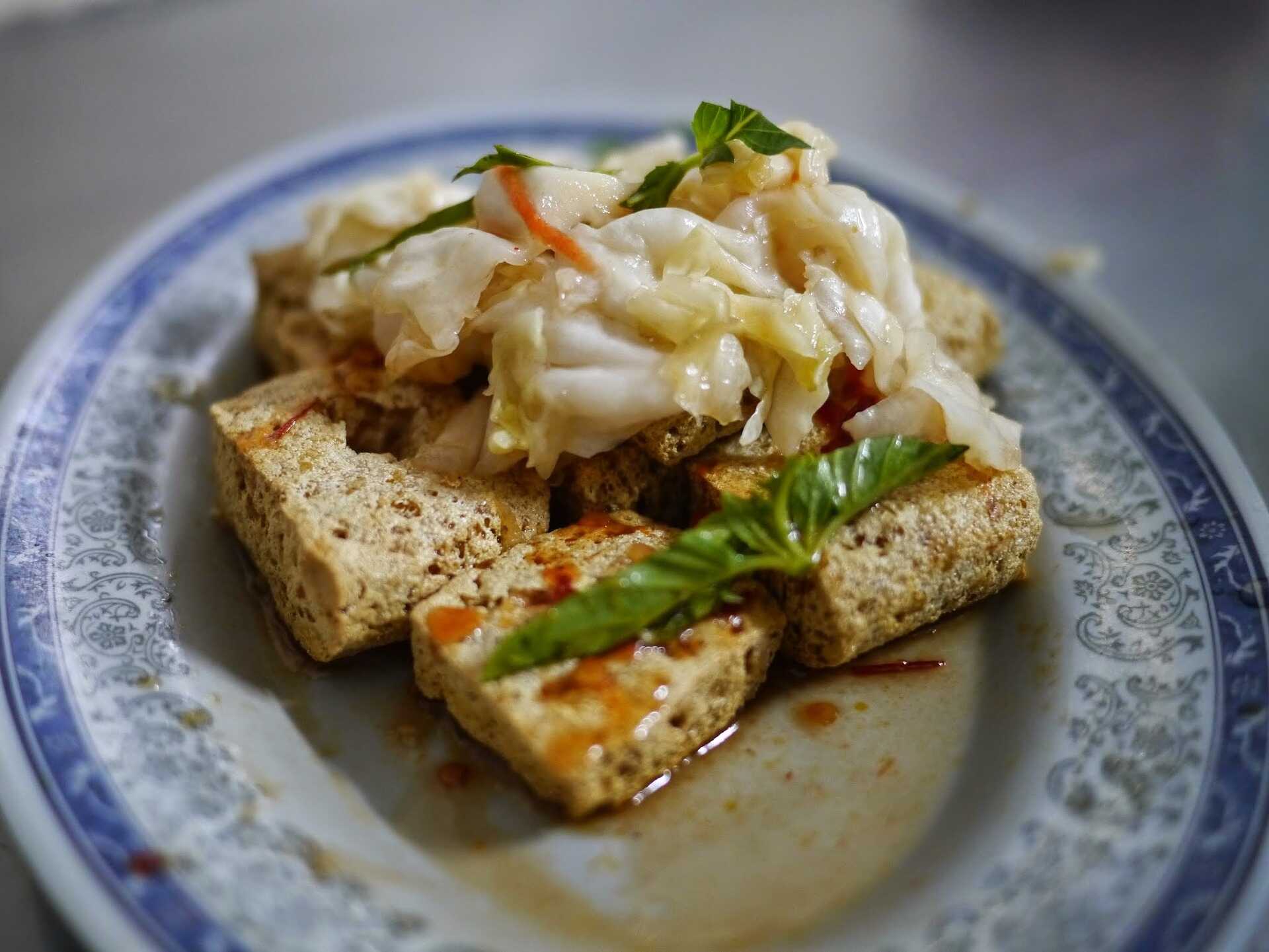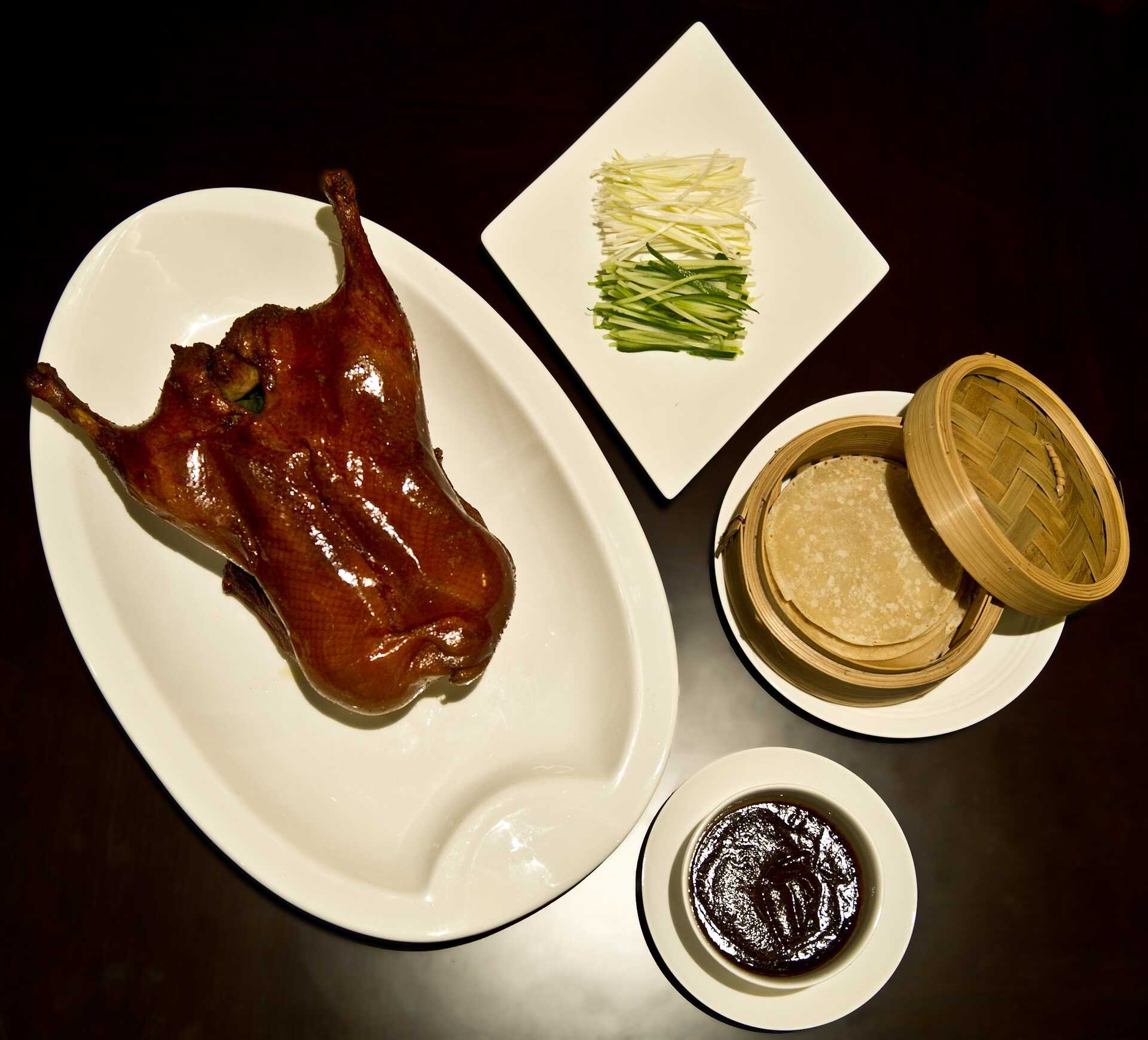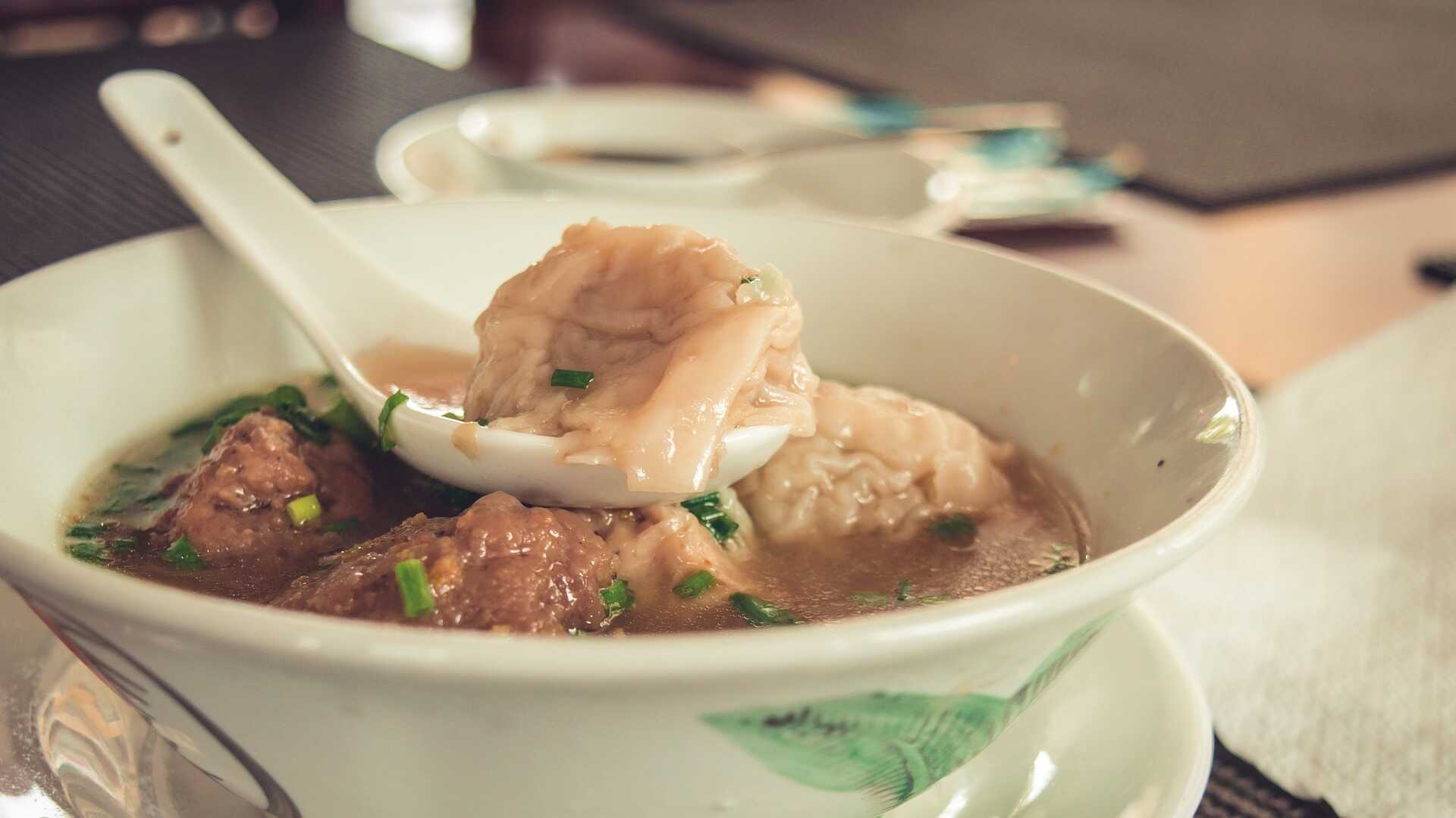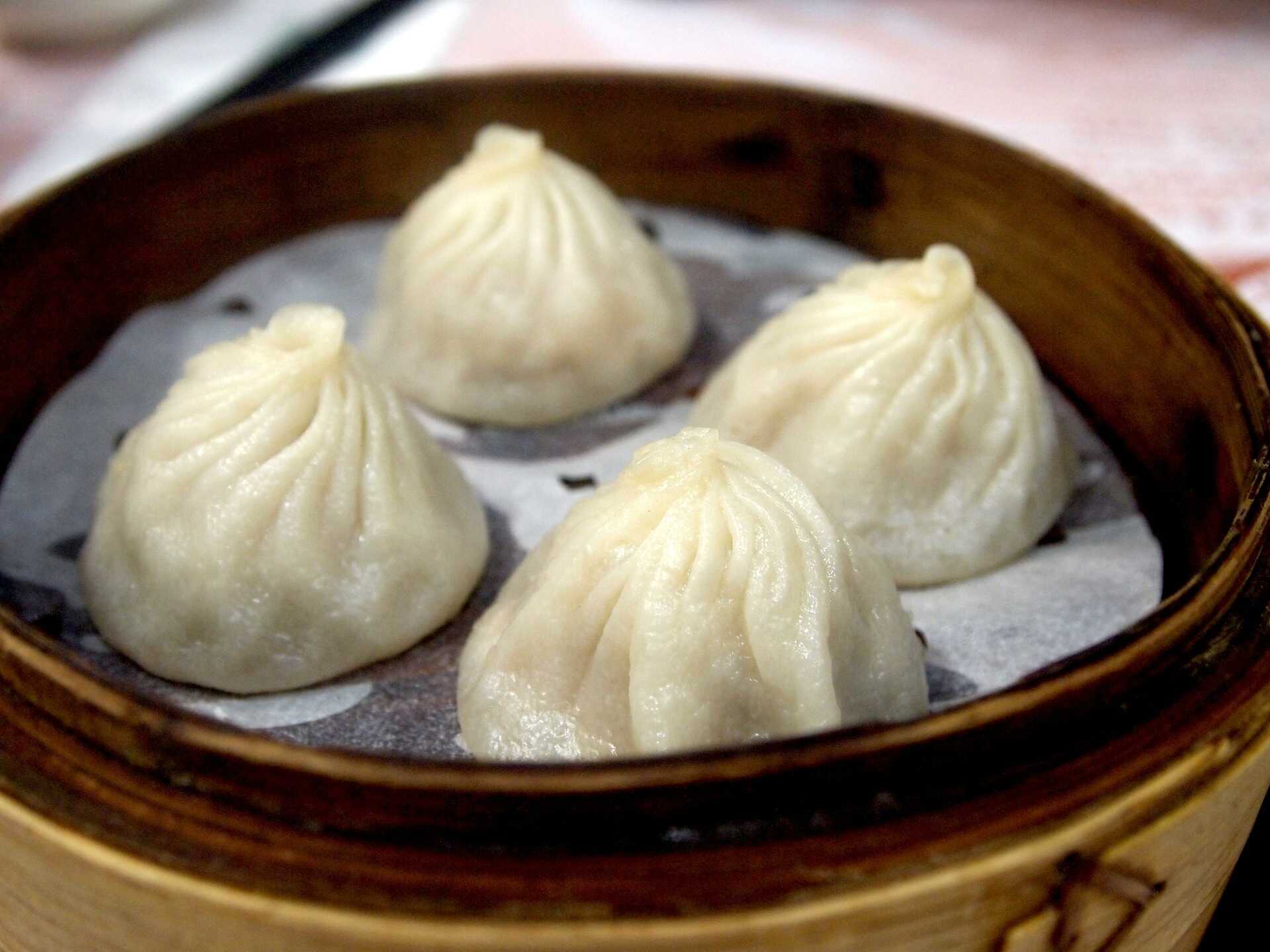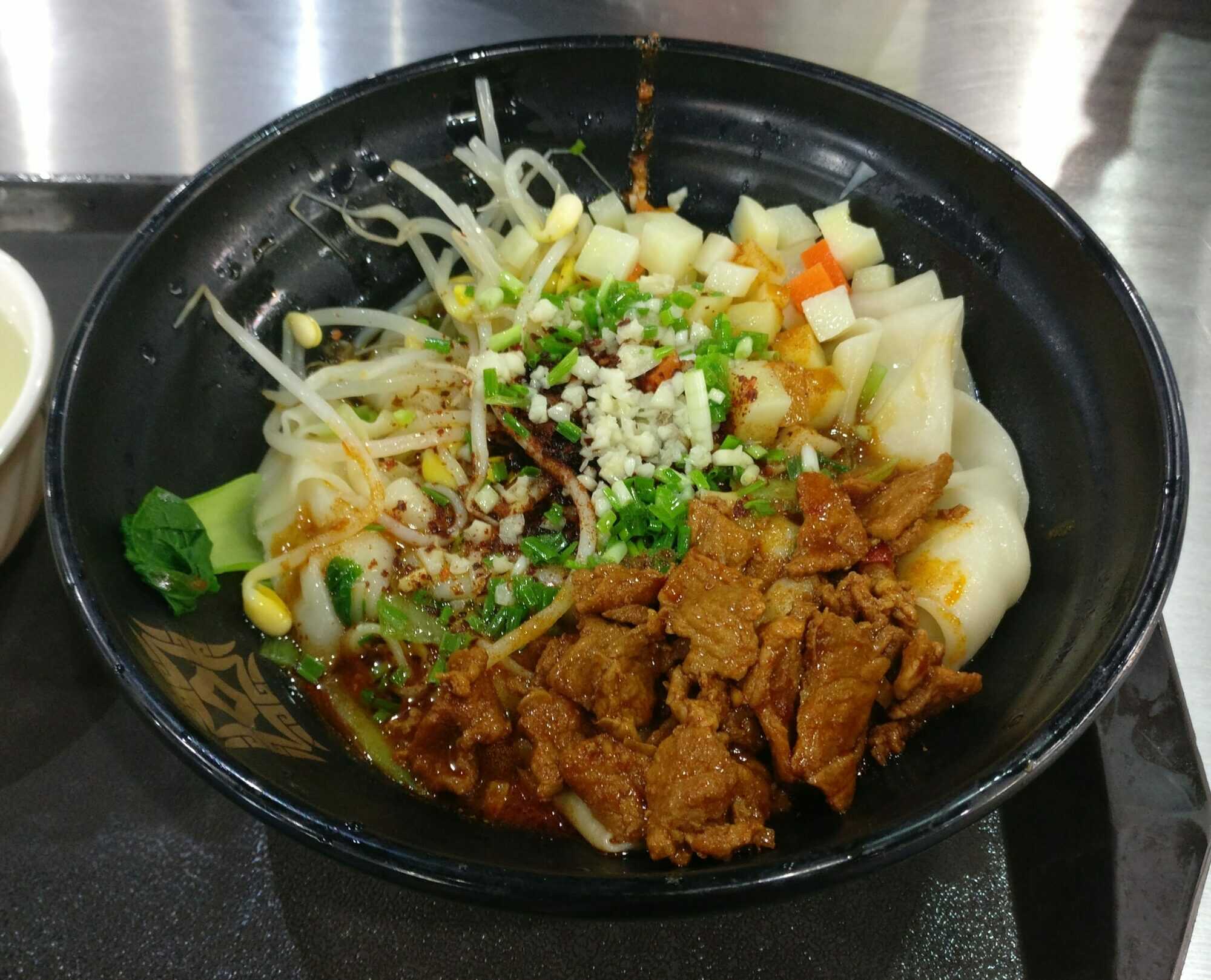China is a country steeped in culture. Everything from the Chinese language to the cuisine is deeply entrenched into the daily life of the locals. Chinese cuisine is now famous worldwide thanks to the abundance of Chinese takeaway restaurants. However, these takeaways are not entirely traditional. Many of the items on the menu are adapted to western tastes — especially in Europe and North America. This is a shame because food in China is some of the most diverse, tasty cuisine you can find. As you will see, this goes beyond just noodles and rice.
As a particularly large country, it is understandable that each region has its own identity. This can be seen in the local cuisine as well. Some regions are famous for their spicy food while others are famous for sweet dishes. For today, here is a list of some of the more popular options you can find on Chinese menus.
Char Siu
Char Siu (chāshāo/叉烧) is barbecued pork that has been seasoned and prepared in a particular way. The seasoning includes a number of ingredients such as honey, five-spice, red fermented bean curd, dark soy sauce, hoisin sauce, and, more recently, food coloring to give it its iconic red color. This results in rich, sweet-flavored meat. The cut of meat can also impact the flavor, with pork belly giving a more fatty, juicy texture while pork neck is leaner. It can be eaten with noodles or rice, or just as a centerpiece. Char Siu can be found worldwide thanks to the large Chinese diaspora but can be best enjoyed in the country itself.
Stinky Tofu
Better as a snack than a main dish, Stinky Tofu (chòudòufu/臭豆腐) is more than just a novelty. Similar to mắm tôm sauce in Vietnam, stinky tofu is known to stink out whole streets, hence the name. It gets its signature smell thanks to the fermentation process where it is kept in brine for up to weeks. This brine can contain anything from meat and vegetable to tea leaves and fermented milk. Restaurants tend to keep their recipe a closely guarded secret. It can be fun to go and try the different flavors of each stinky tofu stall. It can be prepared in multiple ways, whether deep-fried and served on a skewer or placed in a stew. So how about the taste? It has been likened to blue cheese, itself a bad-smelling food. You should find out for yourself.
Peking Duck
One popular dish to come out of China is Peking duck (Běijīng kǎo yā/北京烤鸭). These ducks are specially bred for the dish and are given a special seasoning before being roasted. The result is sweet tasting meat with crispy skin. They are served with a sweet bean sauce, cucumber, spring onion, and a thin pancake to roll it in. This dish has a long history in China and is a must try for anyone visiting. As the name suggests, the dish originates from the capital Beijing and the surrounding where the best examples can be found.
Wonton Noodles
Popular in the southern regions of China, Wonton noodles (yúntūn miàn/云吞面) is typically a soup based noodle dish. Wontons (or húntun as they are known in the rest of China) are a dumpling that is usually filled with prawn and minced meat, wrapped in an egg dough and boiled. The soup broth usually includes some leafy vegetables and is garnished with chives. The noodles tend to be thin and cooked quickly to keep some texture. Depending on where you are, the dish will have slightly different garnishes and fillings, meaning you will always get something new when you order it.
Steamed Soup Buns
Yet another food synonymous with China, specifically Shanghai, is the steamed soup bun (xiǎolóngbāo/小笼包). Named after the small baskets they are traditionally steamed in, these steamed buns are filled with soup. To eat, you must take a small bite out of the outer dough and drink the soup. Be careful as it is likely very hot. After that, you can eat it as normal. The filling is usually pork, but it is not unusual to get xiaolongbao with mixed pork and crab meat. If you are in Shanghai, you should take the time to try this. Just be sure not to burn your mouth as you do.
Biang Biang Noodles
This one is worth a special mention as it is a favorite of mine. Though not particularly popular, people have supposedly begun to show interest in the dish thanks to the unique character used in its name. In fact, the character for Biang biang noodles (biáng biáng miàn) is so complex that they have not yet been encoded into Unicode. The name is onomatopoeia for the sound of people eating the hand-made, thick noodles. It is often served with a hot sauce and red pepper, as is the tradition in the Shaanxi province where it originates.
This is just the tip of the iceberg of Chinese cuisine. There is so much variety available across the country. Thanks to the large numbers moving from the countryside into the cities, there is also plenty of choices to be found in the major urban areas. You may also be able to find some of these in your local area.
Next time you are in China, make sure you try out the local food. There is more than enough variety to keep you satisfied and full throughout the day and your stay in the country. Food in China is an important part of the culture, so you would be missing out if you don’t try it all. It really is some of the best cuisines you can try and is well worth the visit alone.
Want to learn how to order some of these meals? Try out the Ling app to learn Chinese and start ordering ‘叉烧’ right away.
